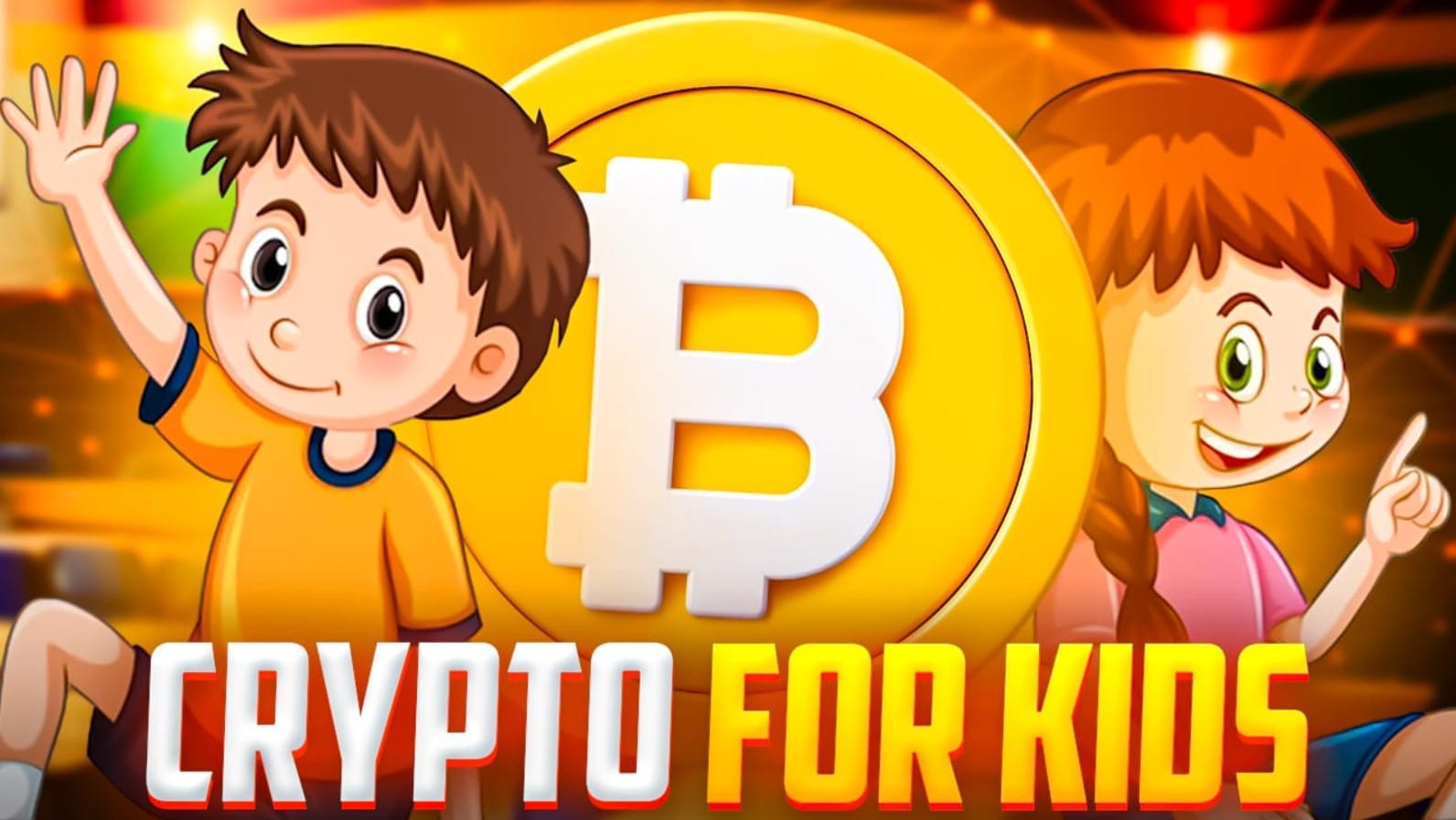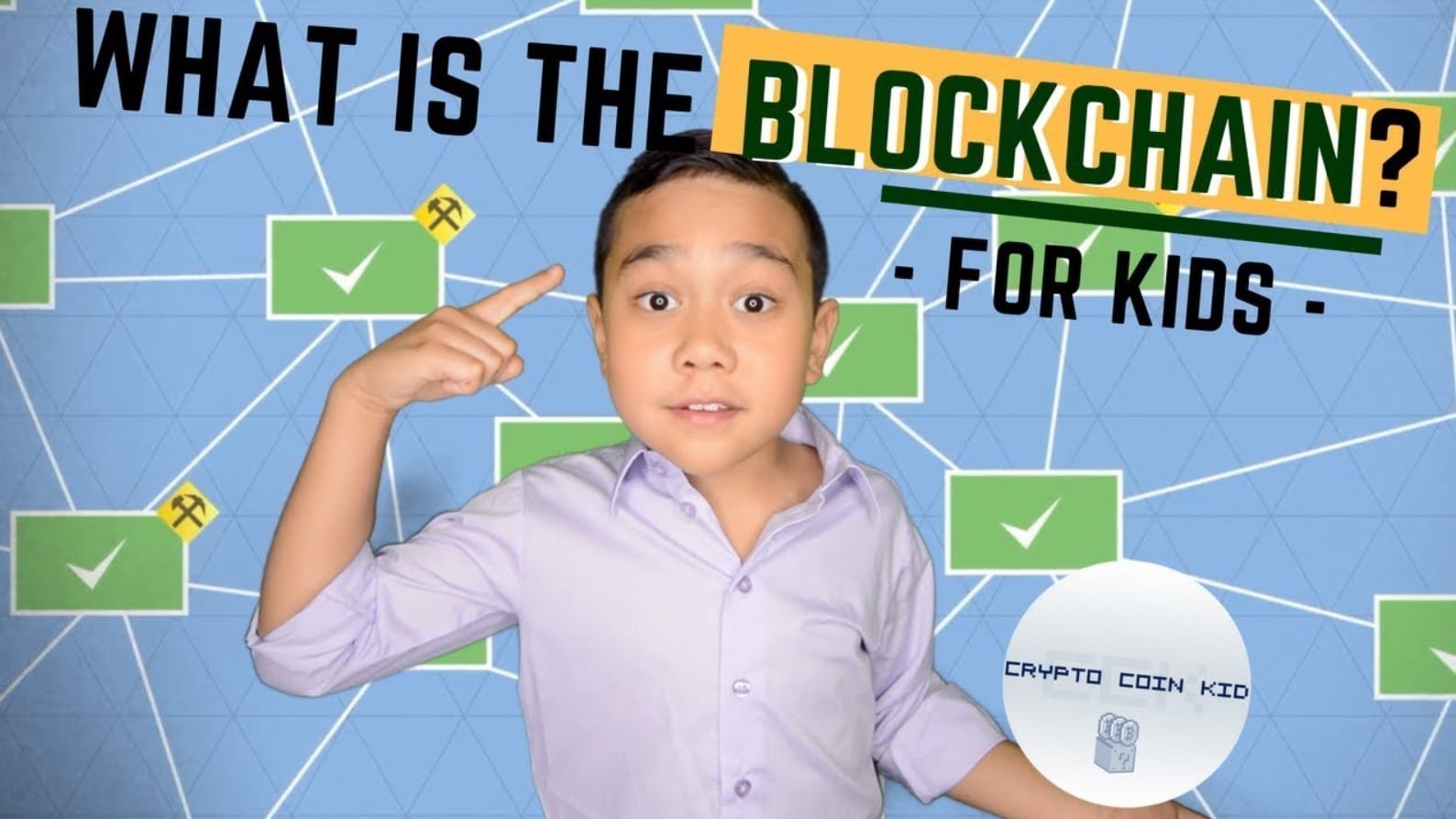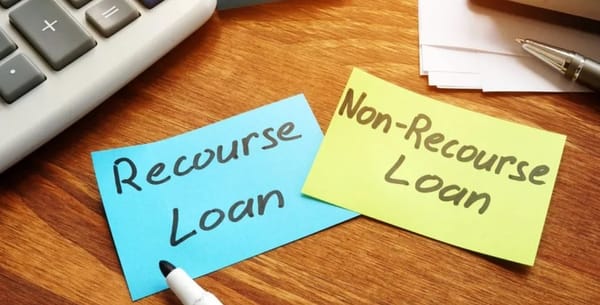How to Teach Your Child About Cryptocurrency (The Right Way!)

As digital currencies continue to gain mainstream adoption, understanding how to teach your child about cryptocurrency has never been more important. Cryptocurrency is not just an investment tool; it represents the future of finance, technology, and security. Teaching your child about digital assets early on can help them develop critical thinking, digital literacy, and financial responsibility.
Benefits of Teaching Kids About Cryptocurrency

✅ Financial Literacy – Helps children understand money in a digital age.
✅ Critical Thinking – Encourages problem-solving skills when evaluating digital assets.
✅ Early Adoption – Gives kids a head start in understanding future financial technologies.
✅ Safe Internet Practices – Teaches online security and responsible digital behavior.
But how do you introduce such a complex subject to children? Let’s break it down into age-appropriate steps and interactive learning techniques.
Understanding Cryptocurrency Basics
Before diving into lessons, it's important to understand what cryptocurrency is in simple terms.
What is Cryptocurrency?
🔹 Cryptocurrency is a digital form of money that exists online.
🔹 It operates on a decentralized network (not controlled by banks).
🔹 Transactions are recorded using blockchain technology (a secure digital ledger).
🔹 Some well-known cryptocurrencies include Bitcoin, Ethereum, and Solana.
Age-Appropriate Ways to Teach Cryptocurrency
Not all children learn at the same pace. Here’s how to tailor your cryptocurrency lessons based on their age.
For Kids Under 7: Play-Based Learning
🔹 Explain cryptocurrency using storytelling (e.g., a treasure hunt analogy).
🔹 Use digital tokens in games to represent digital money.
🔹 Introduce the concept of "online money" through kid-friendly games.
For Ages 8-12: Simple Digital Currency Concepts
🔹 Compare Bitcoin to game tokens used in online games.
🔹 Show them how digital wallets work with pretend cryptocurrency.
🔹 Discuss saving digital money versus spending it.
For Teens (13+): Understanding Real-World Crypto Applications
🔹 Introduce real-world applications of blockchain (like NFT art or gaming).
🔹 Talk about investments, crypto risks, and security.
🔹 Let them research cryptocurrencies and track market trends.
Interactive Tools to Teach Cryptocurrency
To make learning fun, use interactive tools and real-life examples:
Top Cryptocurrency Learning Tools for Kids
📌 Bitcoin Bounce – A fun mobile game to understand Bitcoin.
📌 CryptoZombies – Teaches blockchain programming in a gamified way.
📌 Binance Academy – Offers free kid-friendly crypto education.
📌 Blockchain Explorer – Allows kids to track real crypto transactions.
These tools simplify complex crypto concepts and encourage hands-on learning.
How to Make Cryptocurrency Fun for Kids
Use Gamification
🎮 Video Games – Games like "Roblox" or "Minecraft" use digital tokens, helping kids relate to cryptocurrency.
🎲 Board Games – Use monopoly-style games with crypto-based rules.
📖 Crypto Comics – Stories featuring digital money adventures.
Let Kids Earn & Spend Crypto
💰 Give small amounts of Bitcoin or Ethereum in a test wallet.
🛒 Let them buy digital assets like NFTs or in-game items.
💳 Teach them about crypto transactions by making a mock online store.
Explaining Blockchain to Children

Blockchain is a tricky concept, but it can be explained using simple analogies.
Easy Way to Explain Blockchain to Kids
📖 A Blockchain is Like a Diary – Every transaction is recorded and cannot be erased.
🔗 It’s a Chain of Digital Blocks – Each block has data that links to the next.
🔒 Super Secure – Once written, it cannot be changed, just like a locked diary entry.
Teaching Digital Wallets and Crypto Transactions
A digital wallet is like an online piggy bank. Teach your child how it works:
💼 Hot Wallets (Online) – Like using money in an online game.
🧊 Cold Wallets (Offline) – Like storing cash in a safe at home.
Let them create a demo wallet and practice sending "mock transactions."
Encouraging Financial Responsibility With Crypto
Teach kids how to manage digital money responsibly:
✔️ Set Spending Limits – Teach budgeting with crypto.
✔️ Avoid Scams – Educate them on spotting fraud and online risks.
✔️ Long-Term Savings – Discuss how crypto can be a digital piggy bank.
Understanding Cryptocurrency Risks and Security
Help your child stay safe by teaching them about:
❌ Scams – Avoiding "get rich quick" schemes.
🔐 Security – Keeping crypto wallets and private keys safe.
📉 Volatility – Understanding that crypto prices change rapidly.
Success Stories: Kids and Cryptocurrency
Many young people have already started their crypto journey:
🌟 Erik Finman – Became a Bitcoin millionaire at 18.
🌟 Gajesh Naik – A 13-year-old blockchain developer.
🌟 Benyamin Ahmed – Created NFTs and earned over $1 million.
These real-life stories inspire young learners to explore blockchain and digital assets.
FAQs About Teaching Cryptocurrency to Kids
Is cryptocurrency safe for children?
Yes, with proper education and parental supervision.
How can kids use cryptocurrency?
They can learn by using demo wallets, playing crypto-based games, or buying NFTs.
What are the risks of teaching kids about crypto?
Risks include scams, volatility, and security threats, which should be addressed early.
Final Thoughts on How to Teach Your Child About Cryptocurrency
Teaching your child about cryptocurrency prepares them for a digital financial future. With interactive tools, gamification, and real-world examples, learning about crypto can be fun and engaging. Start early, encourage curiosity, and make sure they understand both the opportunities and risks in the crypto world.




